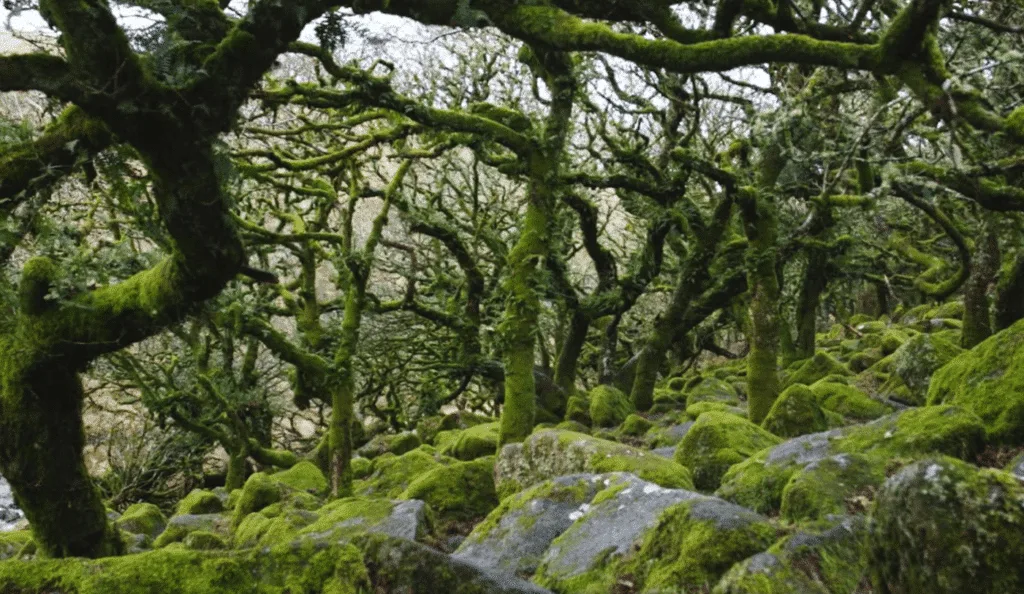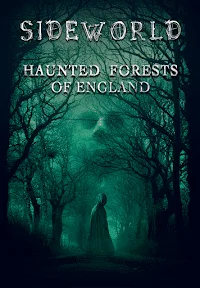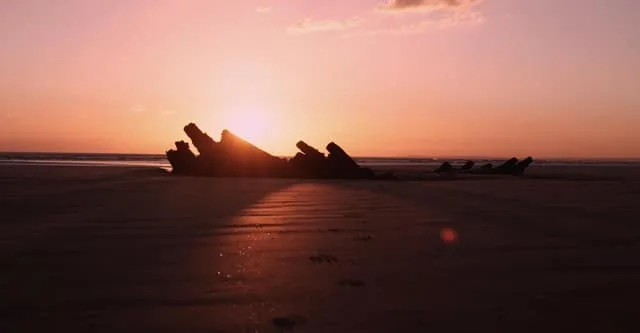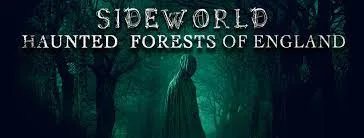
Director and writer George Popov’s low-key but effective supernatural horror The Droving (2020) is an excellent example of the use of folklore in cinema – and though the folklore in the film is original, it feels linked to pre-existing storytelling, particular through the importance of the English landscape. Sideworld: Haunted Forests of England (2022) is a different kind of look at British folklore, this time a documentary film examining several English forests, their myths, rumours and witness testimonies. The resulting film is a meandering one, but interesting, with evocative footage of each site blended with descriptions of apparitions, legends and personal accounts. Those interested in history as well as those with more fortean tastes will find much to enjoy here.

First impressions of the film are – how incredibly beautiful these locations are. That on its own makes the film worth a look. Well shot and edited, Popov, alongside cinematographer Richard Suckling and the film’s editor, Jonathan Russell, have definitely captured something very special here. The focus on haunted forests is also particularly welcome, because forests themselves are so integral to folklore. Primal, seemingly timeless, forests are an oddly liminal location: abundant in resources on one hand, they are also dangerous, remote and hostile places, archetypally associated with risk. They crop up in a wealth of stories; many fairy stories, whilst sanitised over the years as tastes have changed, feature a dark and dangerous forest, brimming with hostile animals and malevolent outcasts. Not for nothing has horror cinema latched onto this, with a whole gamut of films taking place in the woods. The specific places covered in the film are: Wistman’s Wood in Dartmoor, Cannock Chase in the Midlands, and Epping Forest in the South-East. Each of these places has a very rich history, with that history straying into ghost stories and other fantastical tales, some of which are selected for discussion here.
To add variety – Popov narrates the lion’s share of the film – eyewitness testimonies are included, and these, for me, are some of the most compelling inclusions. Hearing completely ordinary people (albeit voiced by actors here) describe phenomena which they have experienced is fascinating; more of this would have been equally welcome. Historical sources are also included – these are engaging, and mostly not well-known – as well as on-screen text, artwork (original and historical) and a subtle, but effective soundtrack. These things add a bit of texture to the film, which although feeling leisurely in pace, covers a great deal of ground and allows itself to go off in different directions, considering other interesting details which are broadly linked to each specific site.
There are lots of documentaries available out there, and the format has proliferated as affordable kit has become more and more readily available. You Tube is full of documentaries, some very good, some indifferent and some preposterously bad. How to cut through these swathes? Sideworld comes to us from a talented team who are not just reputable and experienced, but passionate about film. George Popov’s clear interest in history and mythmaking keeps a balance between focus and that kind of affection for the subject matter which can draw upon a lot of other material. Somehow the film has a very ‘fireside’ feel to it, and part of me recommends waiting until the nights draw in again to watch it. It would be certain to act as a great starting point for further storytelling, and who doesn’t love that? It’s an impulse as old as the hills. But if you have an hour – or just over – and want that experience now, you can see the film here.

Also recently released, the second Sideworld chapter, Terrors of the Sea, continues in much the same vein as Haunted Forests of England. Again narrated by George Popov – with some other speakers along the way – the film does just what you would expect, focusing this time on phenomena associated specifically with the sea: ghost ships, sea creatures, ghostly sailors and that peculiar subset of sea lore, mermaids/mermen. During his introduction, Popov makes the interesting point that as a narrative filmmaker he is involved with “finding truth by telling lies”. This prepares us for the stories themselves – somewhere between verifiable truth and storytelling – which again come with a variety of beautifully-shot images of the sea and coast, some still images (sympathetically selected and showing evidence of research) and careful use of sound design. There are only a few stories here – at times the pace is rather slow – but the stories told are treated in a detailed manner. Again, if you enjoy this kind of deliberate storytelling and perhaps if you are a fan of likeminded podcasts (the main outlet for folklore and supernatural accounts these days) then you would be very likely to enjoy this film. You can find more details on how to watch here.
